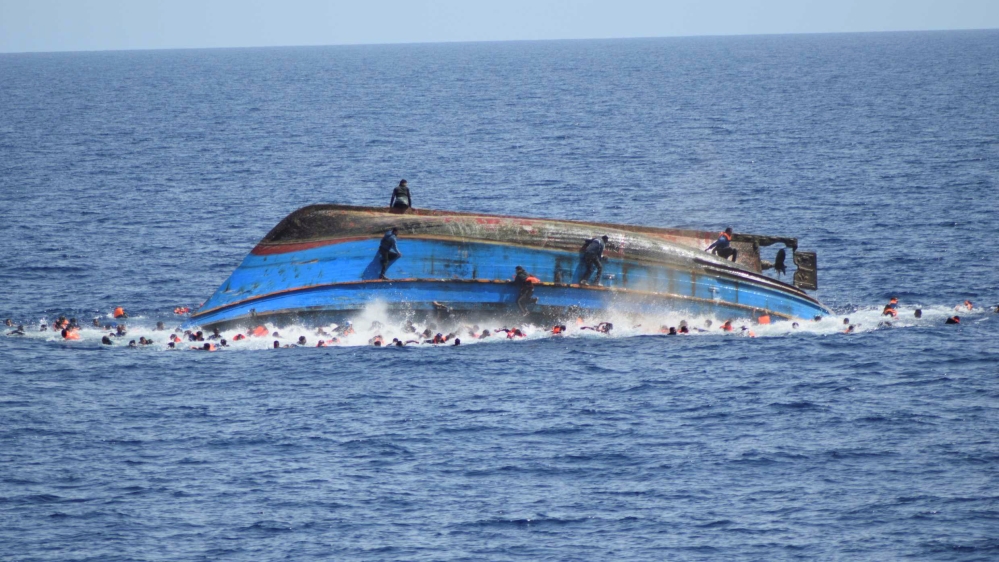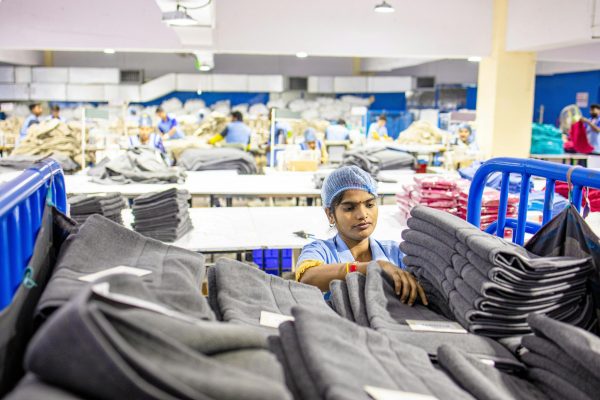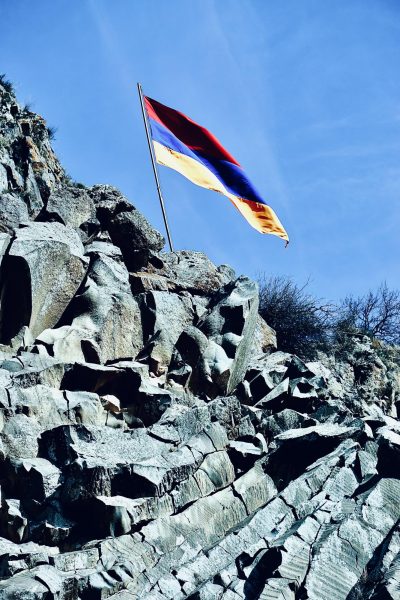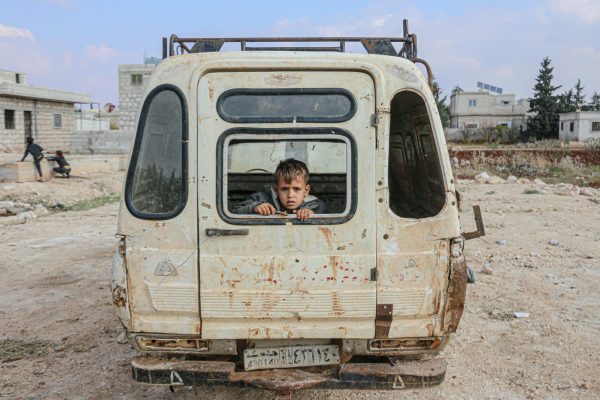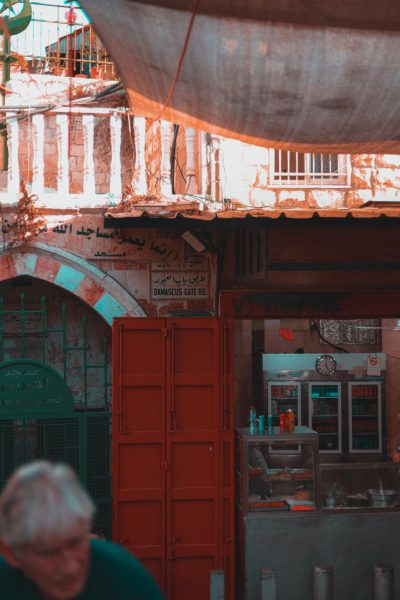Boat capsizes off the coast of Bangladesh
On September 28th, 2017 a boat carrying Rohingya refugees in Burma capsized. They were fleeing from the military’s “ethnic cleansing”. According to NewsAsia, Nurus Salam told AFP “the boat hit something underground as it came close to the beach. Then it overturned,”. Fifteen bodies have been recovered out of the 100 that were traveling on the boat. In addition, seventeen survivors were found.
The boat was carrying mostly women and children and Hala Jaber told AFP that “As (the captain) was trying to dock, the boat capsized and it was not far from the shore but it was far enough and was still deep,”. Some of the survivors also commented to Aljazeera on how devastating the whole ordeal was; “I found a two-month old infant. I couldn’t save anyone. I recovered three bodies, Bilaluddin (a survivor) said”. Search parties are being sent out to look for survivors however, people are beginning to lose hope that they will find anything but bodies; “I don’t think we can find survivors, but only dead bodies” (Aljazeera). More bodies are being recovered each day and CNN reported that “eight more bodies were retrieved from two locations on Friday morning. Two of the dead were women aged 35 and 49 and six were children”.
Refugees who have survived may be trying to return to their country, however according to ABC, “It is unclear how many refugees would be willing to return, or have the documents they will likely need to qualify”. The Rohingya people are not being welcomed into the Bangladesh area, “Myanmar authorities do not recognize Rohingya as an indigenous ethnic group, instead regarding them as illegal immigrants from Bangladesh” (ABC). The government is denying all accusations that they were trying to cleanse the Rohingya people of their ethnicity. According to ABC the “United Nations Secretary-General Antonio Guterres told the Security Council the violence had spiraled into the world’s fastest developing refugee emergency, a humanitarian and human rights nightmare”.
There are still over 50 people that are missing and NDVT says that the amount of survivors that are coming to Bangladesh is classified as “the largest mass movement of refugees in the region in decades — has created a humanitarian crisis as the government and aid agencies struggle to provide food, clean water and shelter”. Now, with the search for the missing people drawing to an end, the Rohingya people can only hope that there will be some kind of closure concerning their missing children and family members.

